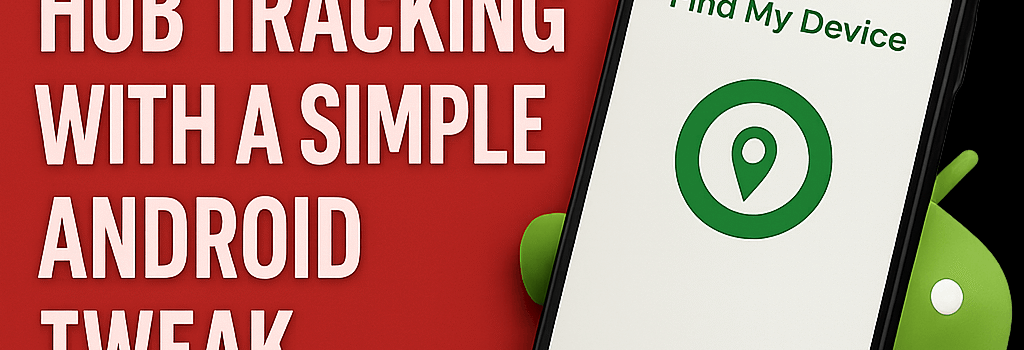Revolutionizing Google’s Find Hub Tracking with a Simple Android Tweak

Google’s Find Hub network—a community-driven Bluetooth Low Energy (BLE) tracking system—has historically lagged behind competitors in coverage and reliability. A recent discovery tied to Google Play Services version 25.24 suggests that a small change in the Android phone setup flow may give Find Hub the boost it needs.
Why Find Hub Has Been Spotty
Unlike Apple’s ubiquitous AirTags and the Find My network—where every iPhone doubles as a passive scanner—Android’s Find Hub was constrained by privacy-first defaults. By default, Android devices only relay location pings in busy public areas where multiple handsets can triangulate a tag’s position. This reduces false reports in low-traffic zones but also hobbles coverage in suburban or indoor environments where lost items often end up.
Introducing the New Setup Screen
Android Authority has uncovered a hidden flag in Play Services 25.24: during initial device provisioning—or after a factory reset—users will now see a screen titled “Find your device and help others too.” Rather than bury the setting under Security > Device finders, the setup UI offers two clear options:
- Findable everywhere – Contribute anonymous BLE location data regardless of surroundings
- Findable in busy places only – Maintain the current default for privacy
This user-centric prompt makes the more expansive option more discoverable, likely nudging more people to enable full-range scanning.
Under the Hood: BLE Scanning and Identifier Resolution
BLE trackers broadcast a rotating 128-bit identifier (often called a Rolling Proximity Identifier). Nearby Android devices running the Pixel BLE scanner or Google Play Services monitor these frames at intervals as low as 100 ms, then encrypt and upload hashed location data to Google’s cloud. Once a tag’s owner queries “Where is my tag?”, the system cross-references timestamps and geocoordinates from multiple reporters to triangulate a position accurate to within a few meters.
“We optimized the scanning duty cycle to balance battery life and detection latency, using adaptive intervals based on device usage and power state,” said Dr. Priya Patel, a Google security engineer. “With ‘Findable everywhere’ enabled, the scan algorithm shifts to a more aggressive profile when idle and on Wi-Fi.”
Privacy and Security Safeguards
Google emphasizes that all location uploads are encrypted end-to-end and that identifying metadata is stripped before storage. Key privacy features include:
- Rotating Identifiers – BLE tags broadcast new keys every 15–20 minutes to thwart long-term tracking.
- Ephemeral Reports – The handset only uploads location pings when the device is online and charging (configurable by OEM).
- User Control – At any time, users can disable or purge Find Hub participation under Settings > Security > Device finders.
Comparing Find Hub to Apple’s Find My Network
Apple’s network benefits from over one billion active iOS devices globally, creating near-ubiquitous coverage. Android’s ecosystem is more fragmented; Play Services updates roll out on varied schedules, and OEM customizations can delay feature availability.
Nonetheless, Android can catch up by:
- Integrating the new setup prompt into the Android Open Source Project, ensuring OEMs adopt it by default.
- Collaborating with peripherals makers (Tile, Chipolo) to optimize compatibility and authorization flows.
- Leveraging machine-learning models on-device to reduce spurious scans and improve detection confidence.
What’s Next?
The rollout of Play Services 25.24 is gradual, and the setup screen only appears on new or freshly reset devices. It could take months before a critical mass of users switches to “Findable everywhere.” Google has hinted at a future toggle in the Quick Settings panel for real-time control. Meanwhile, privacy advocates will continue to monitor adoption rates and audit encryption implementations.
In summary, this minor UI adjustment represents a significant opportunity to enhance Android’s device-finding prowess. If enough users opt in, the Find Hub network could finally rival its Apple counterpart, making lost keys, earbuds, and backpacks much easier to locate—without compromising user privacy.